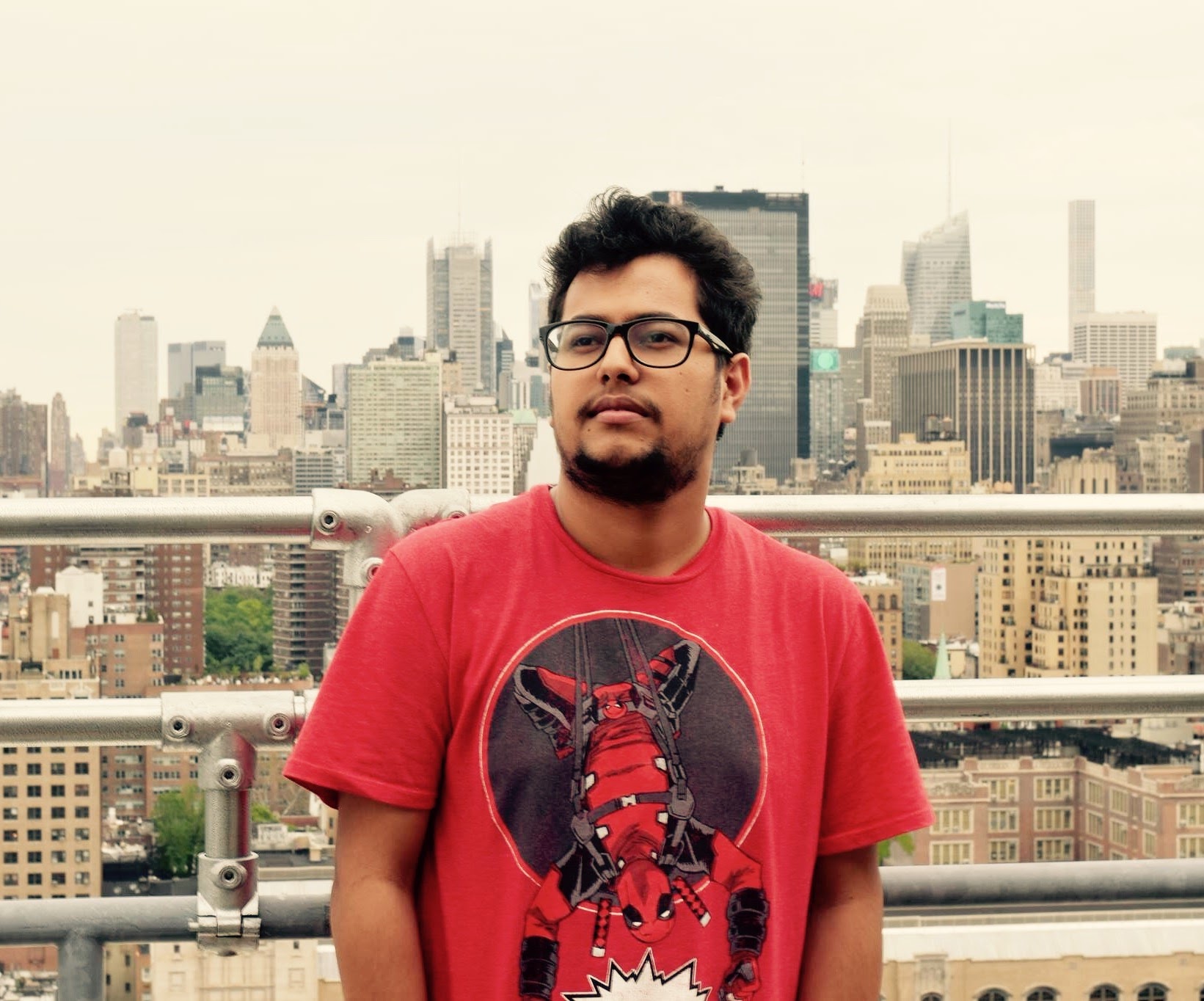General Information
| Student: |
Bishwa Silwal |
| Office: |
Room 448 |
| School: |
Howard University |
| E-mail: |
bishwa.slwl@gmail.com |
| Project: |
Stadium Security in a Changing Environment |
Project Description
Our research will be focusing on WTMDs (Walk Through Metal Detectors) and their use in Stadiums. Large Stadiums have increased their security in recent years, with some major sports leagues in the US requiring WTMDs. These WTMDs prevent metallic objects commonly used as weapons from entering important stadium events. Through experimentation, we'll be examining multiple factors to understand if and how they affect the detection of stadium contraband. I will be working with research partner Mustapha Olokun under the guidance of Dr. Christie Nelson.
Weekly Log
- Week 1:
- After arriving on the Rutgers Campus, I met with other fellow REU participants and attended the orientation. Afterwards, me and my team mate met with out advisor, Dr. Christie Nelson. She gave us tons of resources to get started on our project. We read previous papers on Stadium Security and familiarized ourselves with experiments done in the past.
- Since our project concerns Stadium Security, we did a thorough literature study on recent terror attacks near stadiums in the world and gained key insights on how these attacks took place.
- We also worked on our first draft of the presentation for Monday
- Week 2:
- We gave our initial presentation to the DIMACS REU Group and its participants regarding our research and our goals for the summer. We also attended the CCICADA Research Meeting and introduced ourselves to the entire group.
- We decided that our first experiment will be focusing on how human gait can affect detection in a Walk Through Metal Detector (WTMD). Specifically, we wanted to look at how moving through the metal detector in various paths affected detection. We created an experimental design for a pilot experiment to test our hypothesis. To see what path a person follows through the metal detector, we need to know where the person steps on before going into the metal detector, inside the metal detector and coming outside the metal detector. To keep trace of that, we created grid boards to count the position of our feet as we pass through the metal detector.
- Week 3:
- This week, we further brainstormed to find out exactly the set of experiments that we were going to do for the remainder of the program. To make this easier, we decided that we were going to come up with specific walking patterns across our grid boards to enumerate the trials we were going to perform. We also took into account various other factors like height, metal object type and orientation to list out our experiments.
- Week 4:
- We decided on what our pilot experiments are going to be after our metal detectors arrived. After learning to assemble and operate these metal detectors, we started our pilot experiments. It was interesting to see that at some heights and paths, the metal detectors were completely unresponsive. So, it looks like we are going in the right direction on finding blind spots in the WTMD. We took the pilot experiment to improve and build upon the real experiments which we are going to conduct from next week.
- Week 5:
- We realized that we needed to be more specific on which cells we were going to touch when going in a certain pathway through the WTMD. So, we further narrowed the possibilities by creating different zones for each grid and specifying grid locations for all zones that we were going to step on during our experiments.
- This week, we also visited the Metlife Stadium two times for data collection and testing. On Wednesday, we collected data by observing the screening times of people at different lanes and gates during a live concert event. On Thursday, we helped in the testing of a security system at Metlife. While the testing did not prove too fruitful, we gained enough insight to learn how the system works so that we could perform better experiments in the future
- On Friday, we visited the headquarter of IBM. It was a fantastic experience as I got to learn tons of cool and exciting stuff about IBM Watson, quantum computing etc. I was also surprised to find out that IBM was also doing fantastic research on tons of other research areas like material science, chemical engineering etc.
Week 6:
On Monday, I spent my entire day cleaning up the data that we collected from Metlife regarding screening times. We had used different tools for recording our data. So, I first worked on making sure all of them looked the same. Afterwards, I built an application which helped me remove incorrect data from our readings and then I finally combined all of them together in a spreadsheet.
For the remainder of the week, we focused on finishing as many experiments as possible. We soon came to realize that the experiments we had hoped to do would be too many and out of scope for the time remaining for our REU. So, we narrowed down our possibilities by removing a couple of pathways and other factors like height.
Presentations
Additional Information

